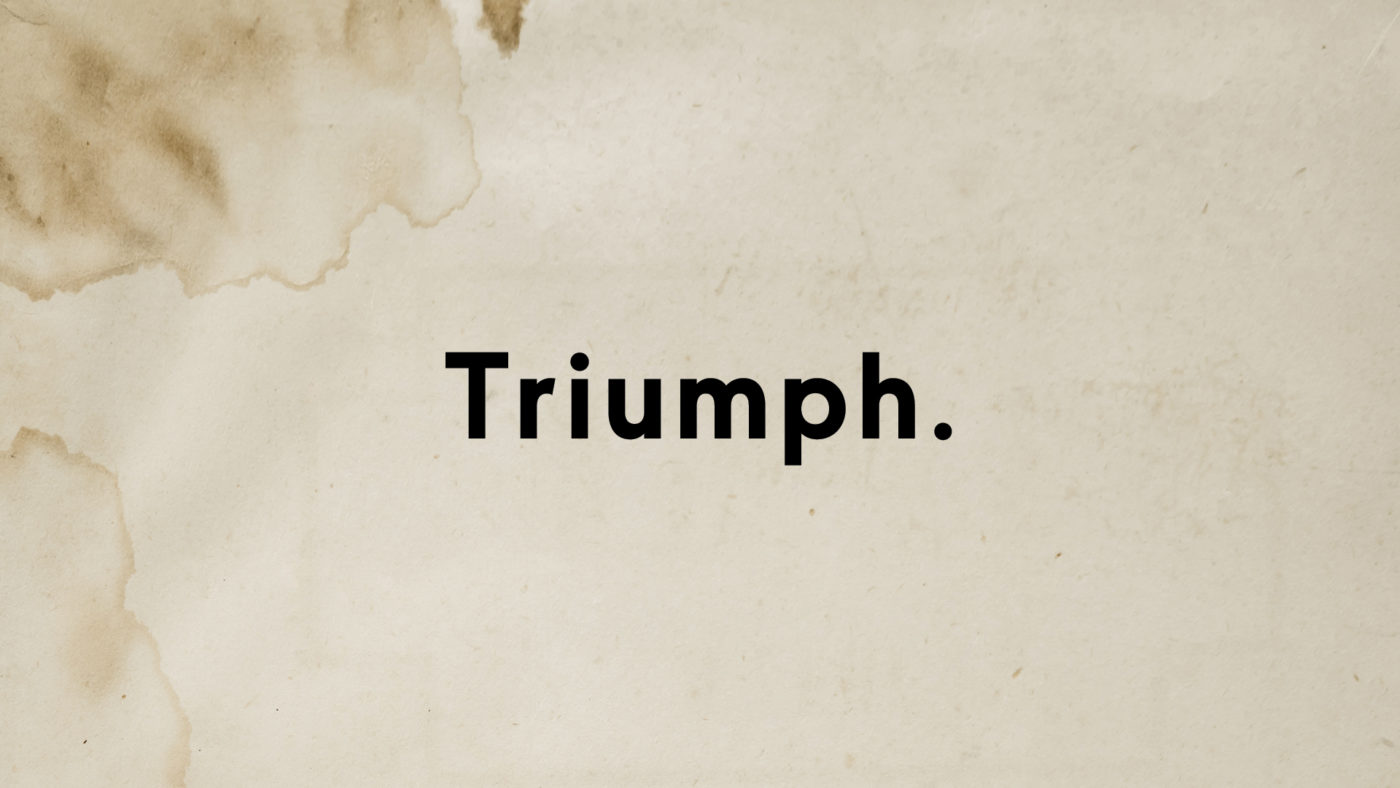
Triumph.
Hail the conquering hero! Titus, the son of Emperor Vespasian, had won a great victory. Jerusalem and all Palestine had fallen! When Titus returned to Rome the senate voted to honor him with a “triumph”—a special parade of high honor. Leading the procession were wagons of silver and gold, the spoils of war. Then came the captives, accompanied by huge tapestries that depicted how each battle had been won. At the end of this “triumph” parade came Titus and his father, riding together in a stately chariot. Domitian (the brother and ultimate successor of Titus) rode beside them on a magnificent steed.
The “triumph” wound its way through the city until it reached the temple of Jupiter. There, according to time-honored custom, the enemy’s general would be executed. In this case it was Simon, the son of Gioras. When the cry rang out that Simon was no more, Rome feasted through the night and celebrated Titus’s great conquest.
Little did they know that a far greater “triumph” had already taken place, following a far more important battle that was won in Jerusalem. Writing in Rome itself less than a decade earlier, Paul described how Jesus had defeated and disarmed the forces of evil at Calvary. “He made a public spectacle of them,” Paul said, “triumphing over them by the cross” (Col 2:15). The Greek word for having a victorious “triumph” parade was thriambeuo (three ahm BYOU oh).
What a spectacle, for the citizens of heaven to see the hosts of Satan stripped and defeated! What a celebration at the cry, “Satan and his power are destroyed!” (see Heb 2:14). What a triumph for the Son (and for his Father, and for the Spirit who would be his successor on earth)! How wonderful that we, too, are led in triumphal procession in Christ (2 Cor 2:14).









